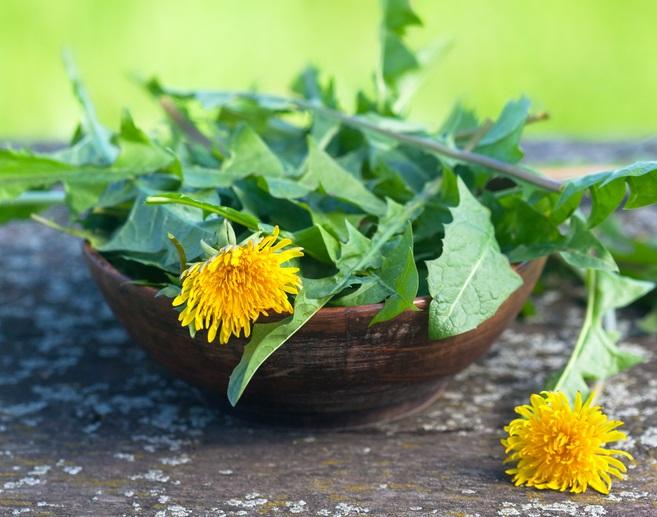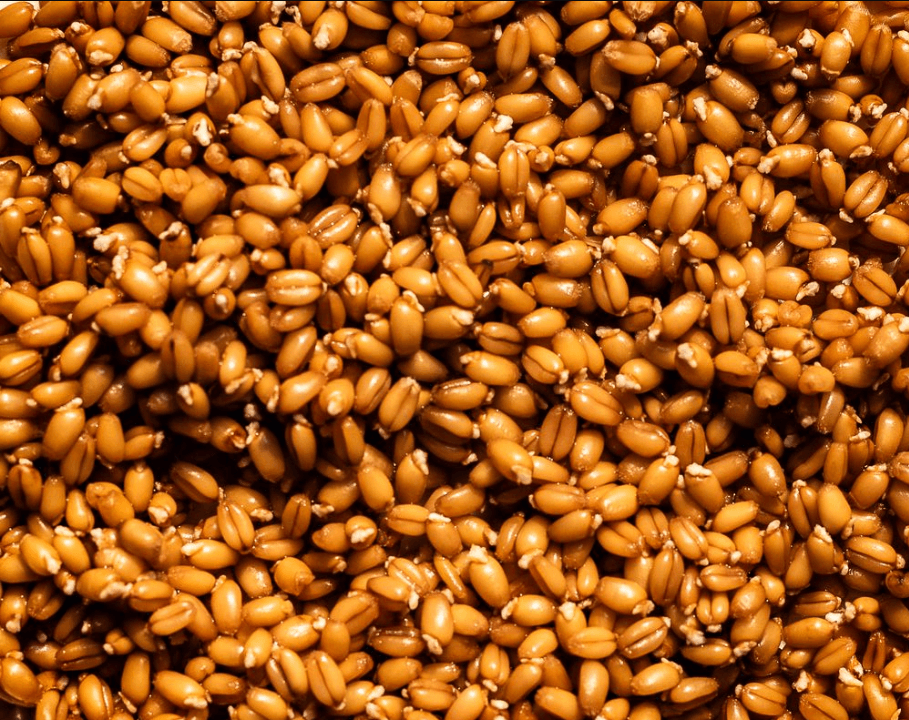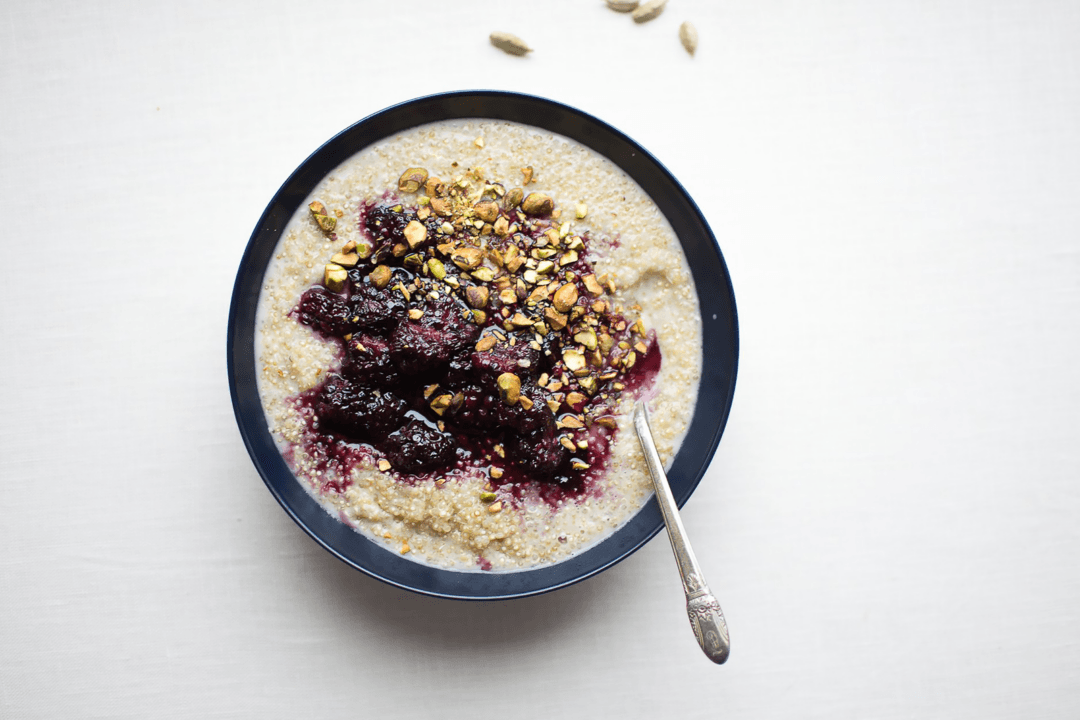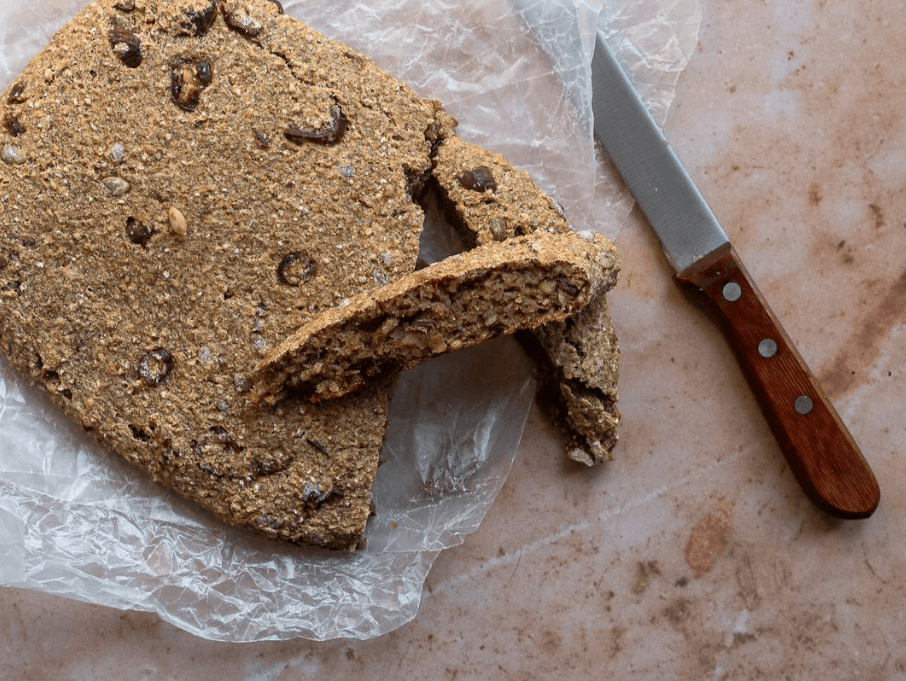As the temperature warms and the days grow longer, the earth seems to awaken with new life. Spring arrives with all its promises of growth and new beginnings.
It’s also a prime season for foraging, as wild greens emerge from the slumber of winter. While forests and other untamed places are optimal for seasonal foraging adventures, you can find many wild edibles in urban and suburban settings, and even your own backyard.





